
I’ve recently watched some of the excellent talks from this year’s Hay Festival which took place for the first time ever online, due to the Coronavirus crisis. I saw three on a classical theme, Stephen Fry on his new book Troy, Natalie Haynes & Chris Riddell with a live telling and drawing of the Iliad (plus other stuff), and Daisy Dunn on her new book Of Gods and Men. I enjoyed all three immensely, especially the live drawing of the Trojan cycle which was amazing. As someone who has studied the classics, to me the majority of this material is familiar, and that gives the talks an added meaning or layer of understanding. I did begin to wonder about what if these talks were someone’s first introduction to classical material, especially if they were a young person or child. In years to come as they embark on a Classics degree or further along, a PhD, will they look back to this time when their interest was first piqued? I can imagine Dunn’s book, which is a collection of 100 stories from Ancient Greece, being perhaps dipped into, or read aloud, and that being one of the tipping points, a first step in a journey of mythical exploration. Thinking about all this reminded me that I had never actually written up a blog post about the ‘Show and Tell’ on Classical Reception and Children’s Culture that was held in Cardiff at the end of last July. This seemed an opportune moment to do so, although my notes are scrappy, and over 10 months on my memory is a bit dusty! So I will apologise in advance to the participants about this brief foray into describing the event, those I miss out, and any errors I will make.
Much like the previous event held at Roehampton in 2017 as part of the Our Mythical Childhood project we gathered to share items relevant to ‘Classical Reception and Children’s Culture’. These were either items from our own childhood, our research, or teaching practices. We met in the Cardiff University Special Collections and Archives Seminar Room, within the Arts and Social Studies Library on 31st July 2019.
Prof Lloyd Llewellyn-Jones shared something one of his students had made for their independent study module (apologies I don’t have the student’s name). This was a Fuzzy Felt set for the Babylonian Creation myth Enûma Eliš. Those of us of a certain age were delighted at this, and everyone had a go creating their own scene.
The description of the independent study module and the inventive things students were creating was a credit to the Ancient History Department at Cardiff University. It is a far cry from my student days and options, but really demonstrated the commitment students had to their study.
Lloyd also discussed films, and it was raised that Troy and Gladiator (for instance) were gateways for classics students but that there was a lack of tie-ins. Why isn’t the Ancient World a marketing or selling opportunity? There tends to need to be a fantasy element to be involved.
Also discussed were elements of play in antiquity, such as dolls and puppets, and playing at war. Conversely, we also looked at elements of classics and myth that have been utilised within play in historical times. Recommended reading were works by Rachel Bryant Davies (who spoke at the original ‘show & tell’ in Roehampton), such as her Victorian Epic Burlesques: A Critical Anthology of Nineteenth-Century Theatrical Entertainments after Homer, and I notice that she is co-editing a volume due out in September that might also be relevant: Pasts at Play: Childhood Encounters with History in British Culture, 1750-1914 (Interventions: Rethinking the Nineteenth Century).
We noted the concept of the ‘invisible adult’ the person who might be making the decisions about what a child might see or read.
Moving on to Dr Kate Gilliver we were treated to a box of Roman soldiers, of differing sizes and makes that Kate utilises to help teach different aspects of Roman warfare.
Some of her soldiers were very accurate in their dress, and other less so. The soldiers had been used in lectures, seminars, and individual sessions in her office where they were helpful to de-stress students, or distract the children of mature students. In seminar settings they were used in multiple ways such as tasking students to think about typology and sort them – they might think about types of armour, types of soldiers (infantry, cavalry citizen, non-citizen, Punic war, Trojan war etc). In a siege warfare class students were challenged to hit the siege tower, thinking about range and distance. Active hands-on learning in a fun way!
Most of us were familiar with the Playmobil figures (last time we had seen Athena and my version of Helen), as Kate described them ‘Happy smiley people!’. These figures don’t generally get used for war-gaming (unlike the others) but plenty of people have made short videos using them to illustrate Roman campaigns etc. Just take a look on YouTube for examples.
 Next Dr Juliette Wood talked us through her ‘Valentine’ figure. A little Cupid figurine that she described as a ‘Weirdly non-Classical, Classical image’. The figure of Valentine had been changed by a Victorian commercial card company into this kind of image.
Next Dr Juliette Wood talked us through her ‘Valentine’ figure. A little Cupid figurine that she described as a ‘Weirdly non-Classical, Classical image’. The figure of Valentine had been changed by a Victorian commercial card company into this kind of image.
She also showed us her copy of Stories of Gods and Heroes published in 1960 and filled with some wonderful vintage illustrations by Art Seiden (1923-2004).
Gina Bevan talked to us about her research on ‘Pop-Medusa’:
The Queer, Black Medusa: Medusa in popular culture from the 1980s to present day
Discussing the ubiquity of the Medusa figure in popular culture and discovering how an image from antiquity has been utilized by people of different backgrounds (race, gender, sexual orientation) from the 1980s to the present day. Medusa is a figure that has been re-mythologized for a number of different reasons, manifesting in popular culture as a black pop star on magazine covers, adorning clothes and jewellery as a Versace fashion logo or being decapitated by the heroic Perseus onscreen in Clash of the Titans (1981) and (2010) in the most popular retelling of the ancient Greek myth.
Gina illustrated her discussion with a variety of pictures shared via her laptop. These included instances of musicians such as Beyoncé and Lady Gaga reclaiming and using the Medusa image.
As the morning session began to draw to a close Prof Susan Deacy, who has conducted research on autistic children and classical myth, and especially Hercules, talked about the book Helping Hercules which she blogs about here. See also her review of this event too.
Whilst I talked about some of the Playmobil Greek Gods figures I have acquired since constructing my Helen figure last time. I brought along Demeter – who soon made friends with some Roman soldiers.
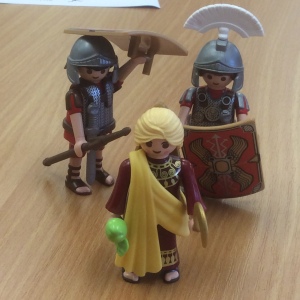
In the afternoon we had a look at some books held by Cardiff University’s Special Collections which had classical themes. These included illustrated versions of texts by Homer, Virgil, and Aesop, and Latin primers which students had written over. There was a copy of the Iliad where all the semi-naked female figures had been torn out, and another book with a rather sweet doodle of a peacock chariot in the front.
I regret not taking more detailed notes on the day, or in having actually written this up whilst it was still fresh in my memory, but I hope I have managed to give at least a flavour of the session.




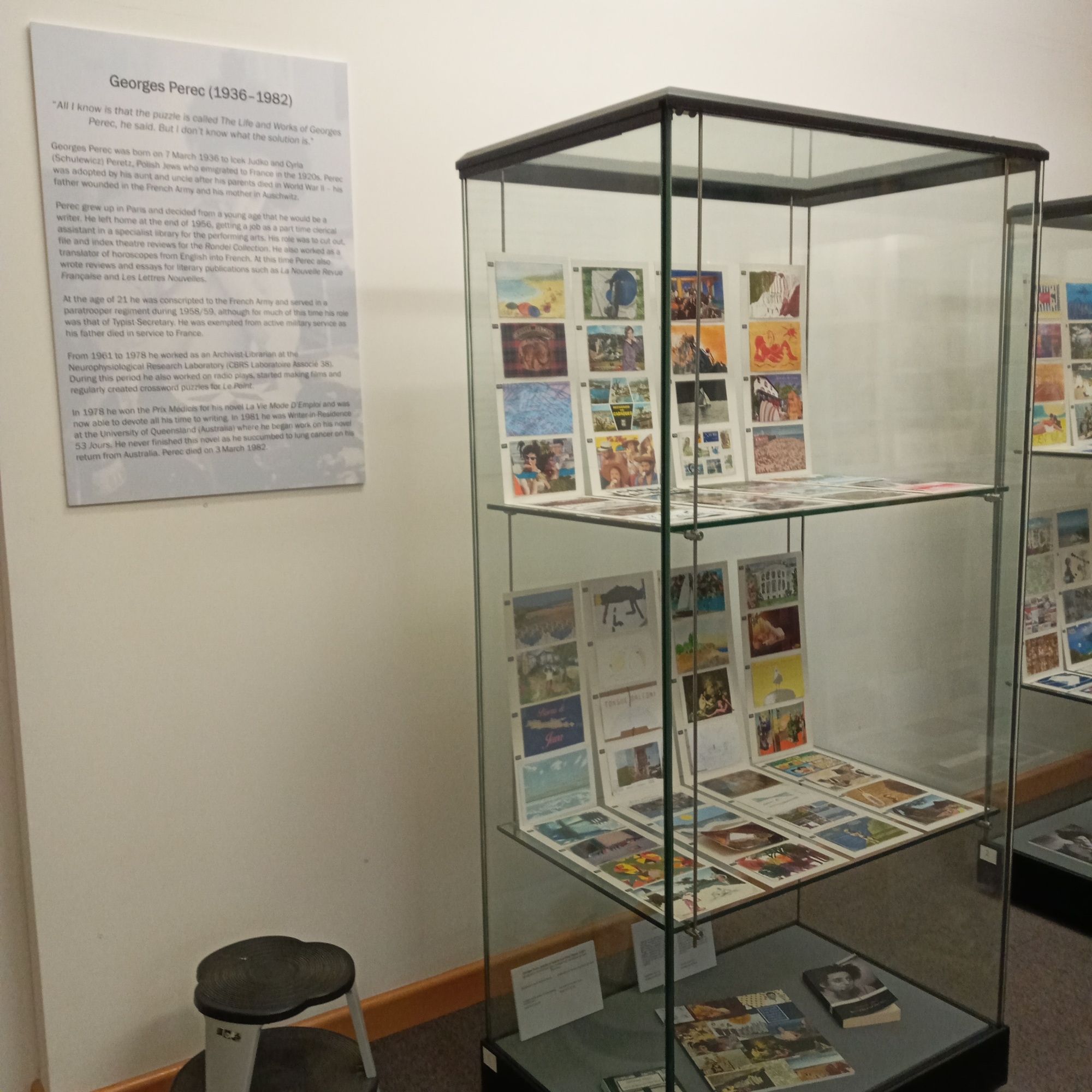

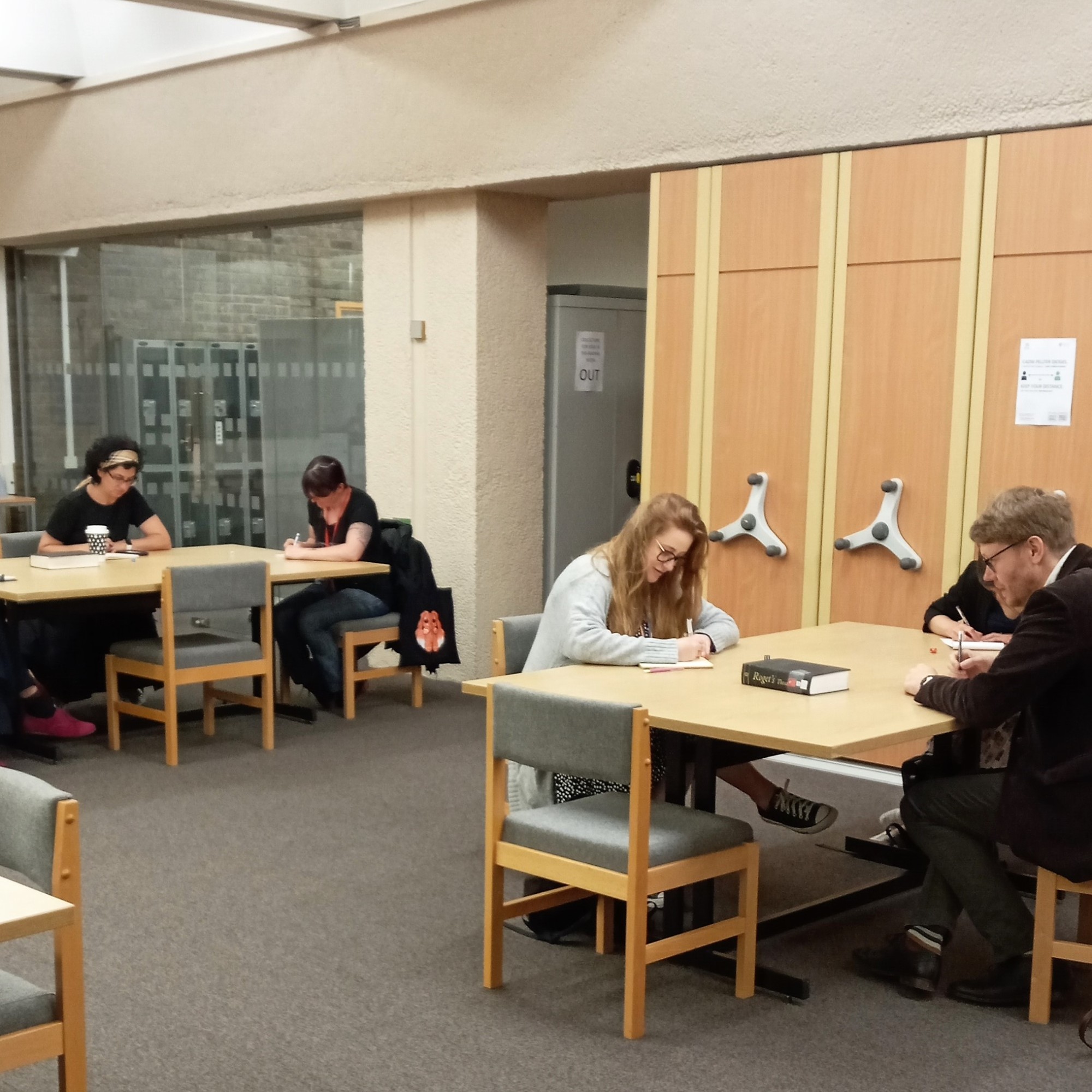

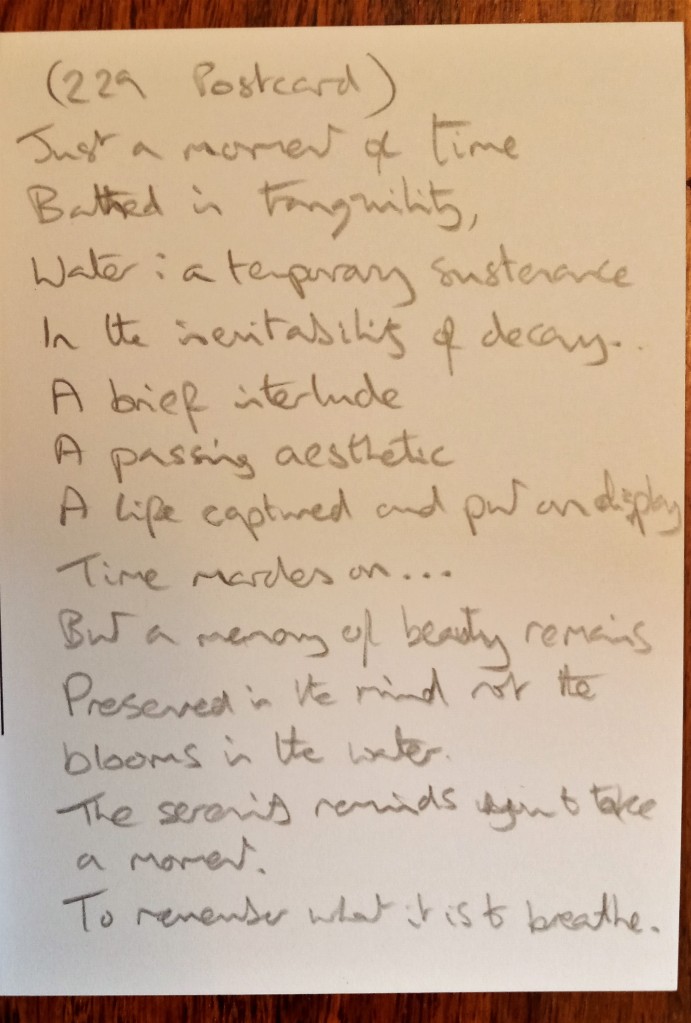

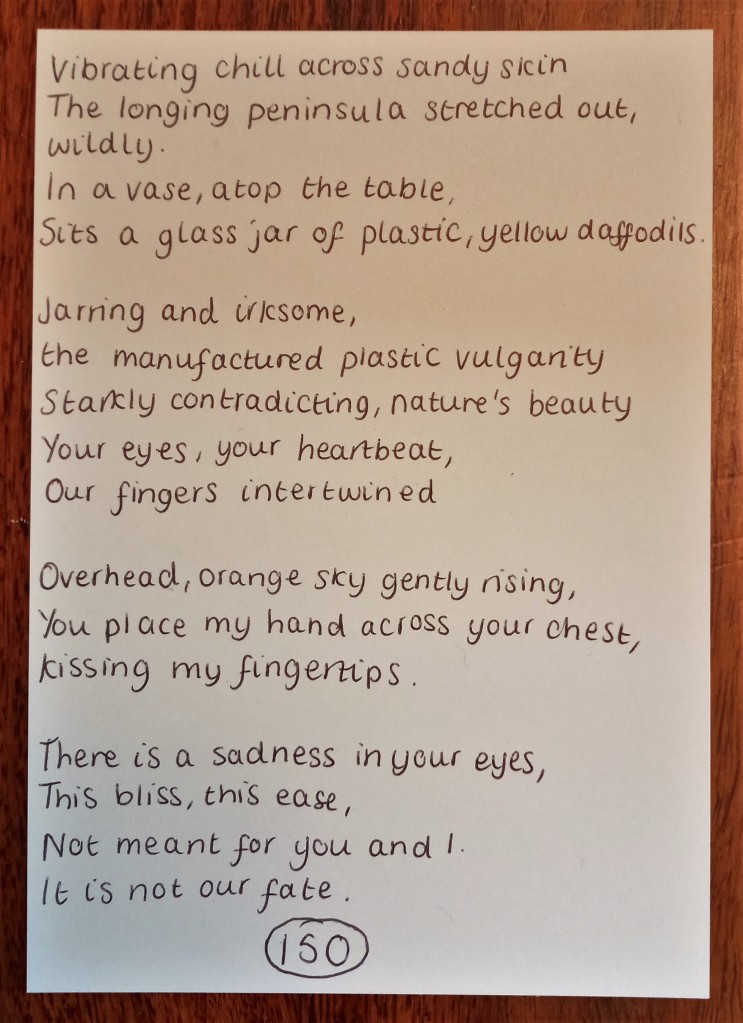



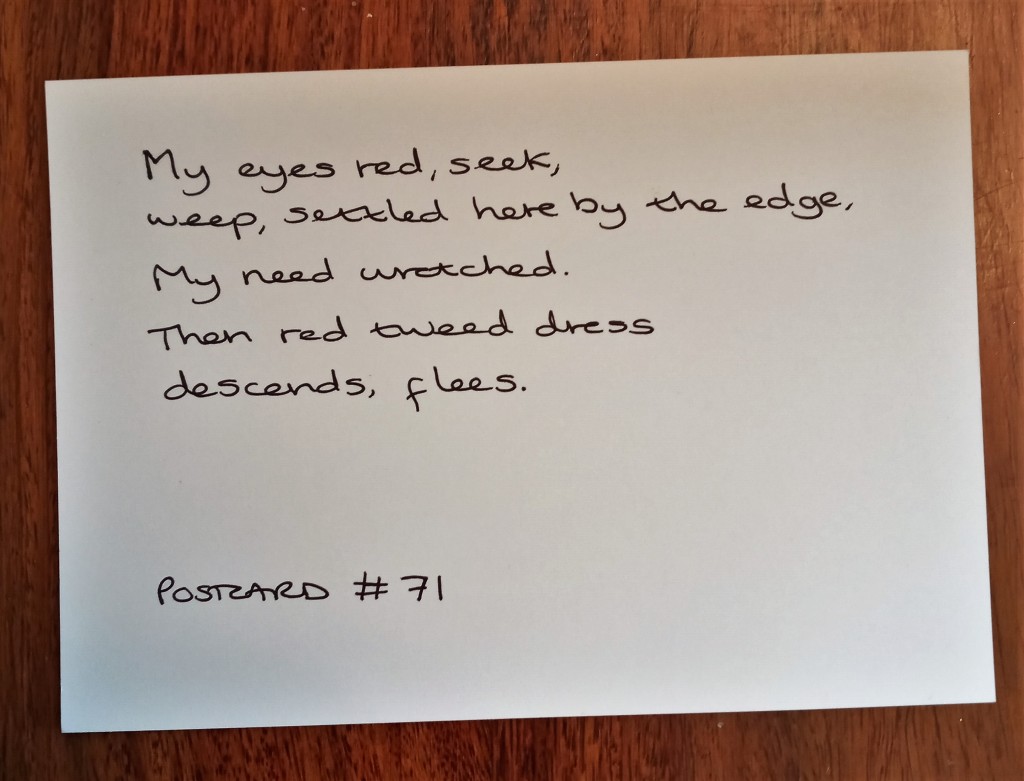
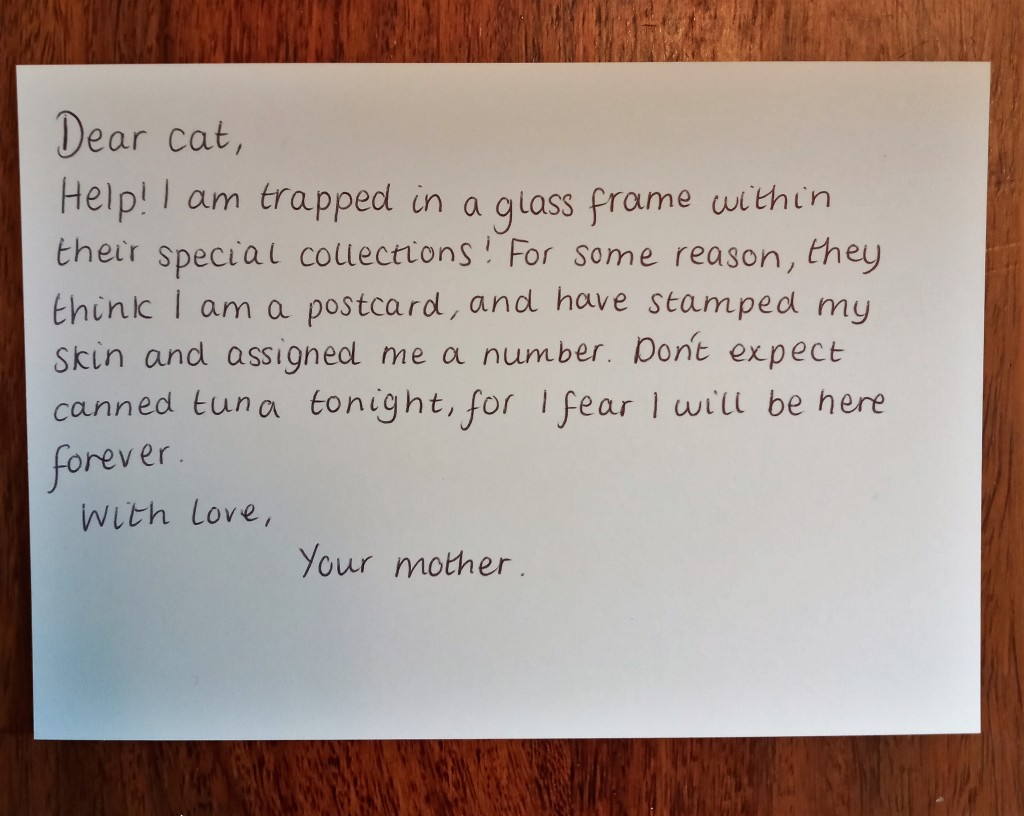




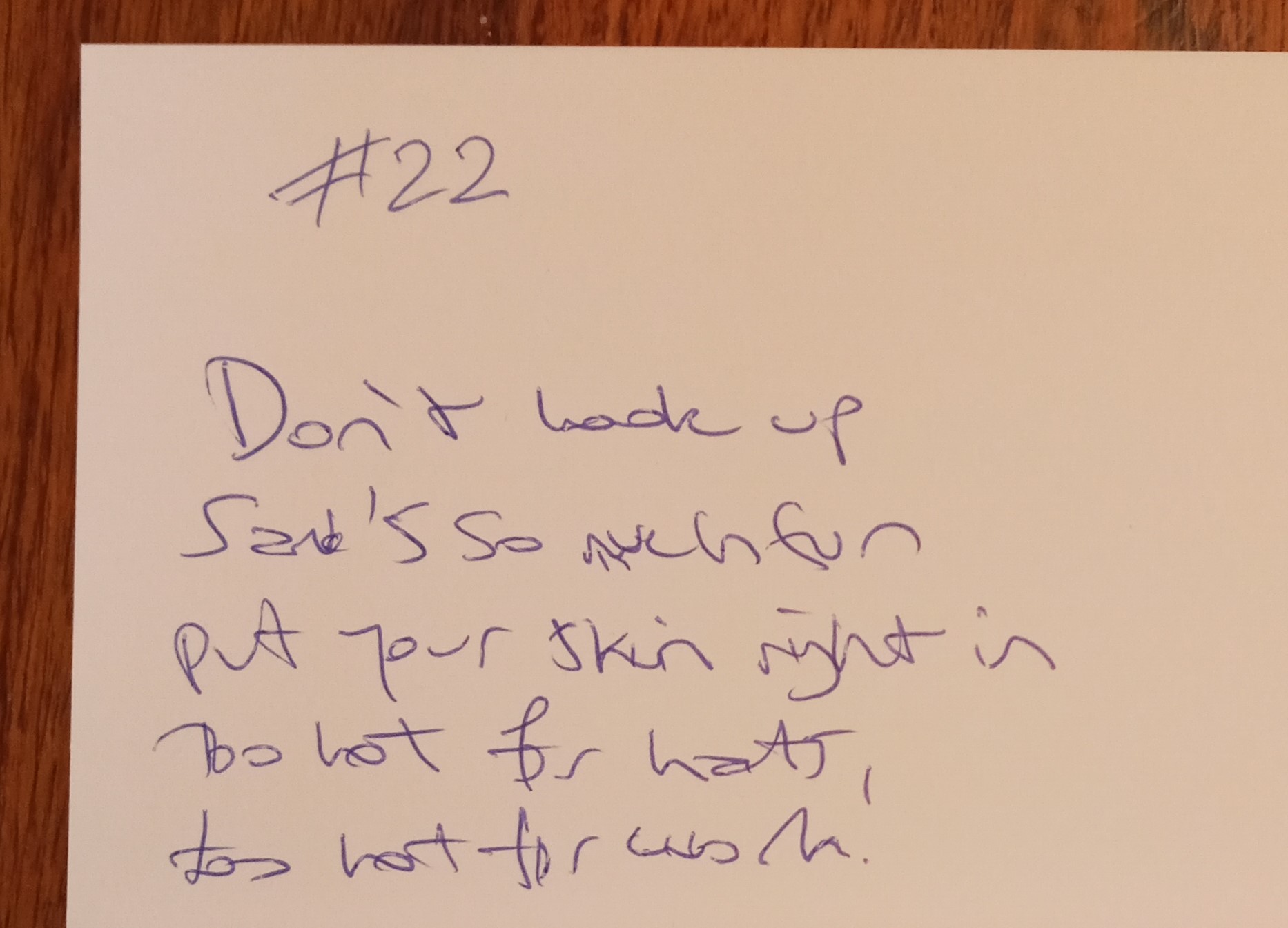
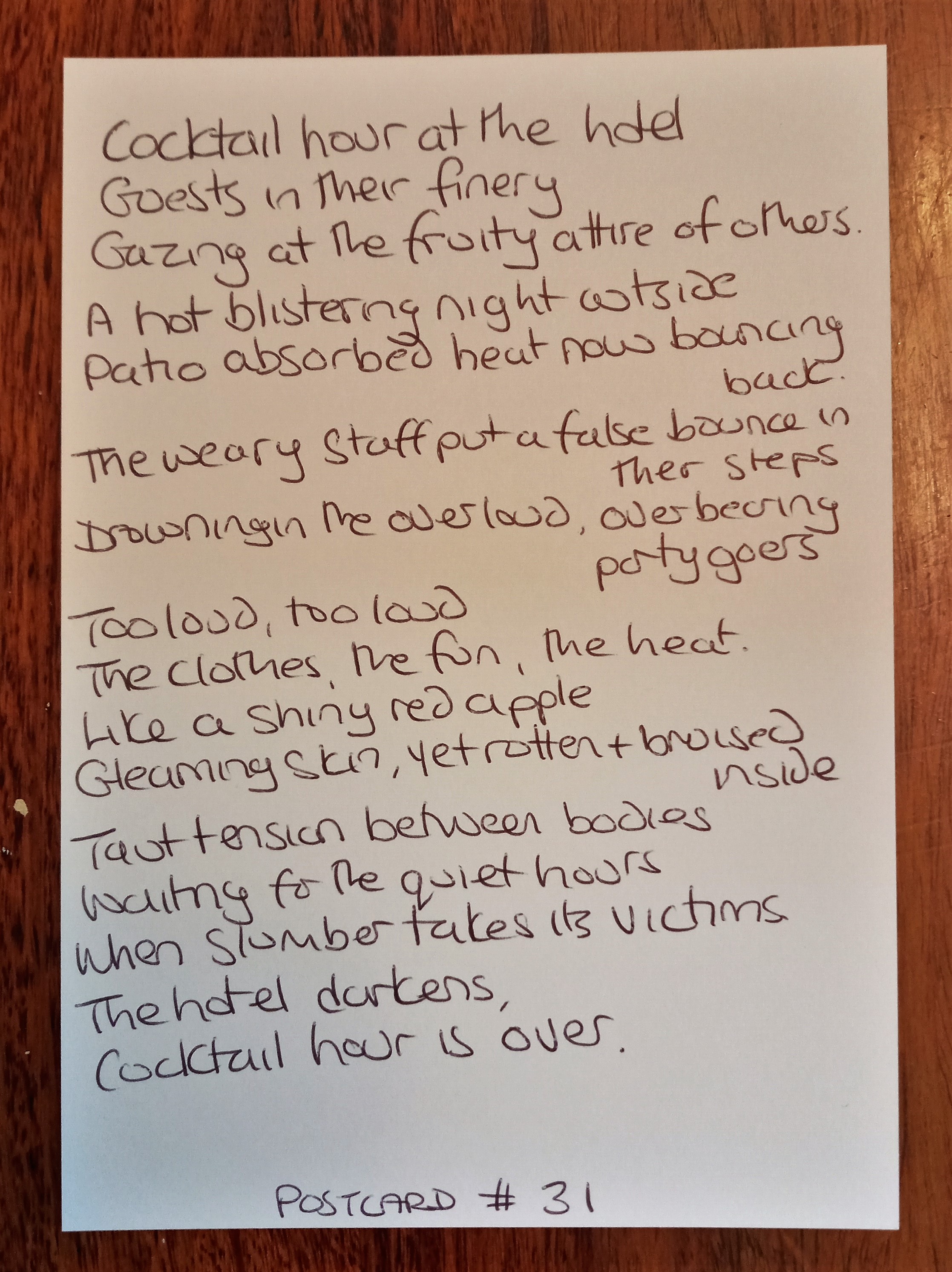


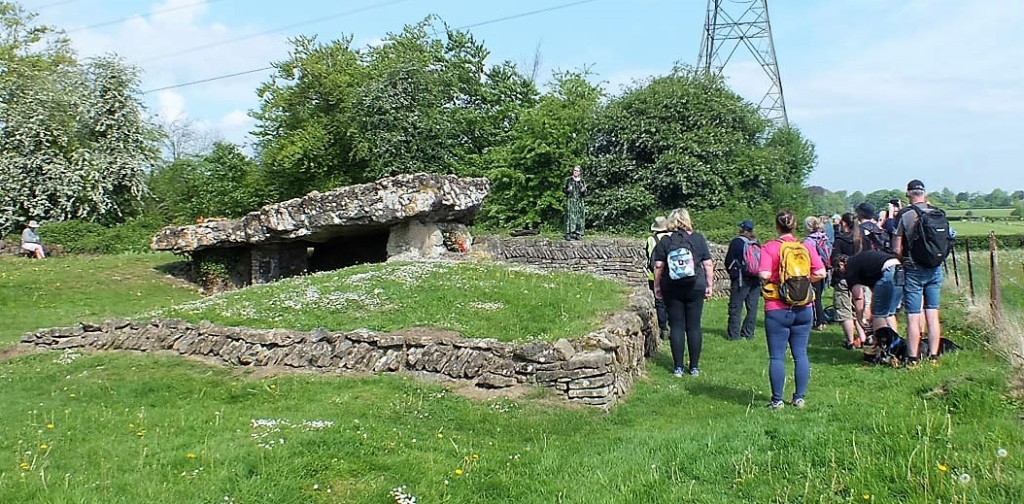

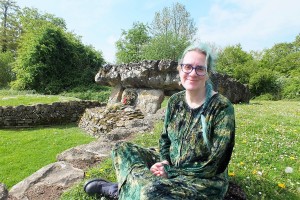

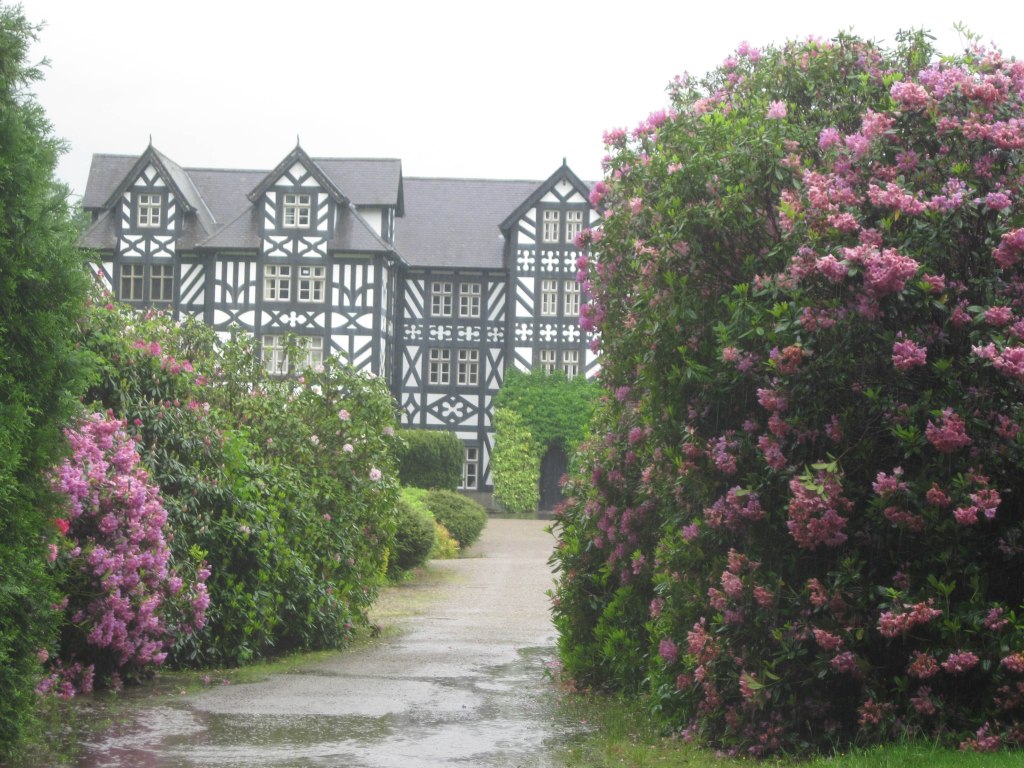








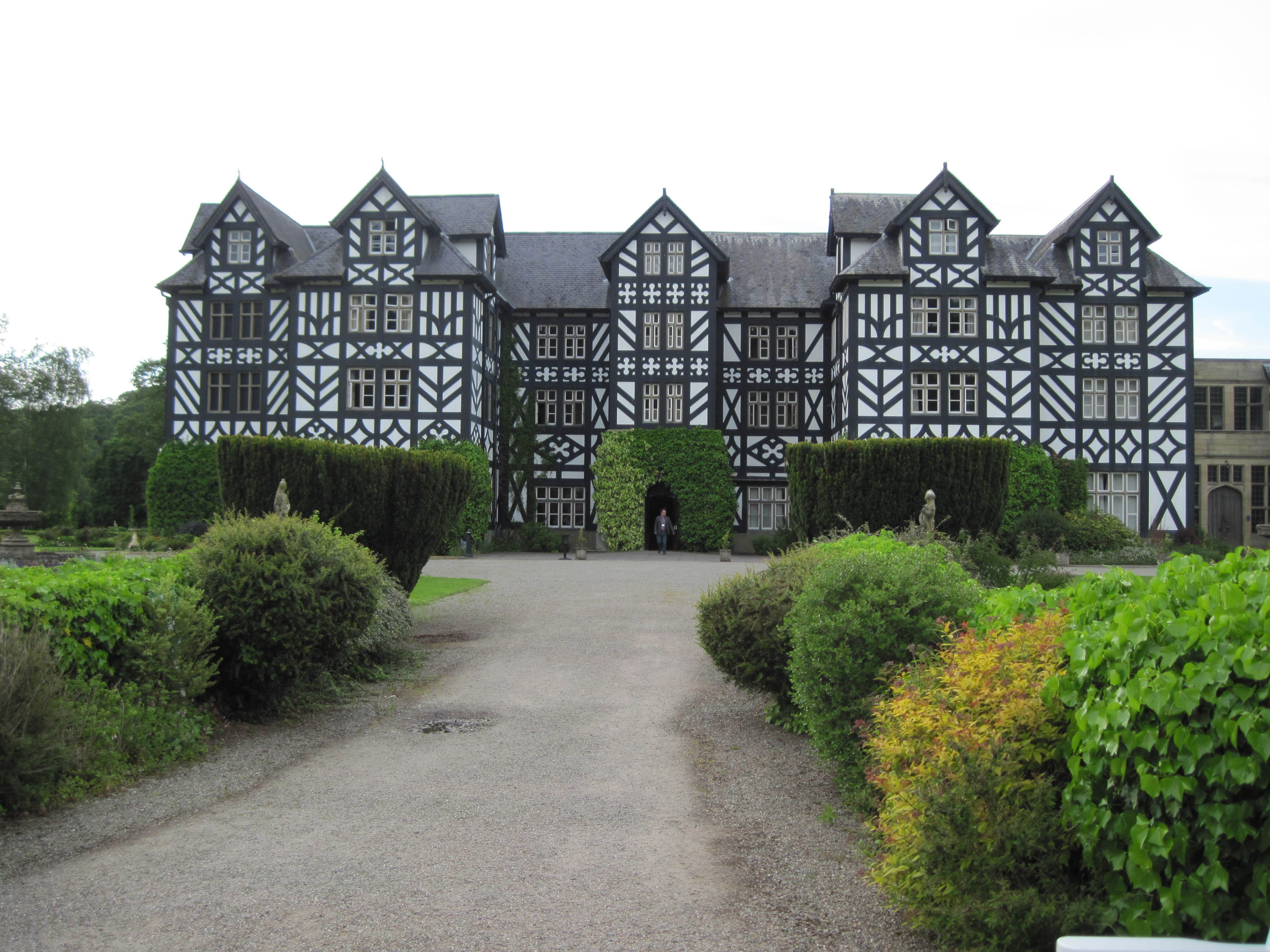
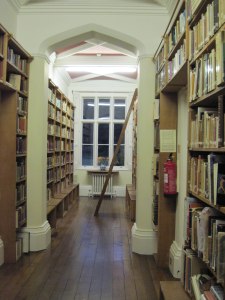

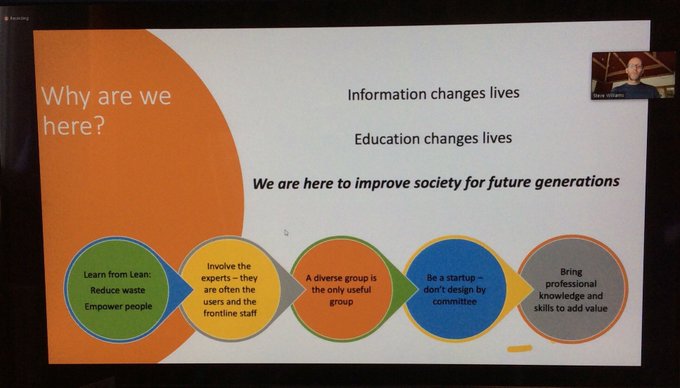








 Next Dr Juliette Wood talked us through her ‘Valentine’ figure. A little Cupid figurine that she described as a ‘Weirdly non-Classical, Classical image’. The figure of Valentine had been changed by a Victorian commercial card company into this kind of image.
Next Dr Juliette Wood talked us through her ‘Valentine’ figure. A little Cupid figurine that she described as a ‘Weirdly non-Classical, Classical image’. The figure of Valentine had been changed by a Victorian commercial card company into this kind of image.















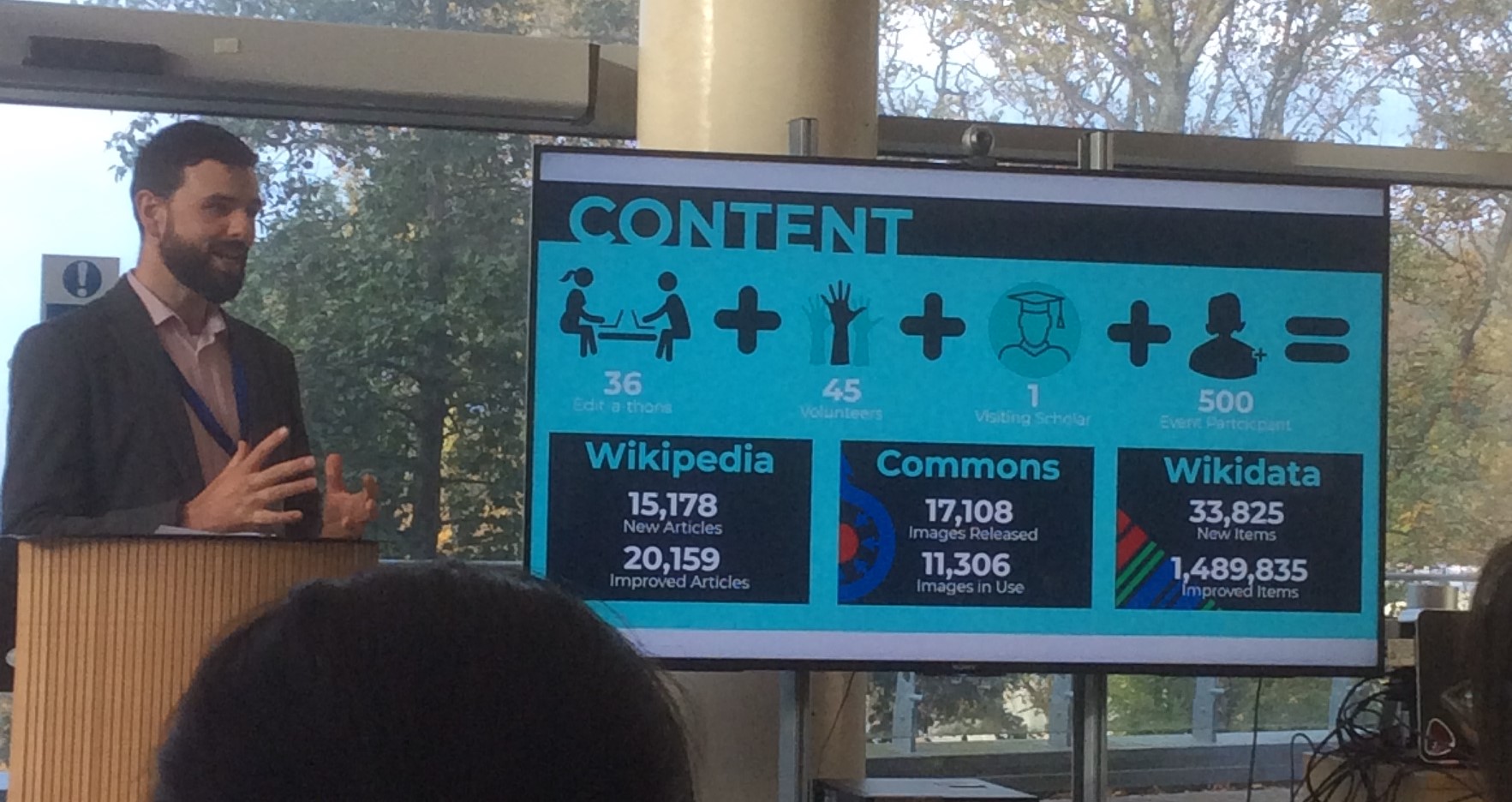


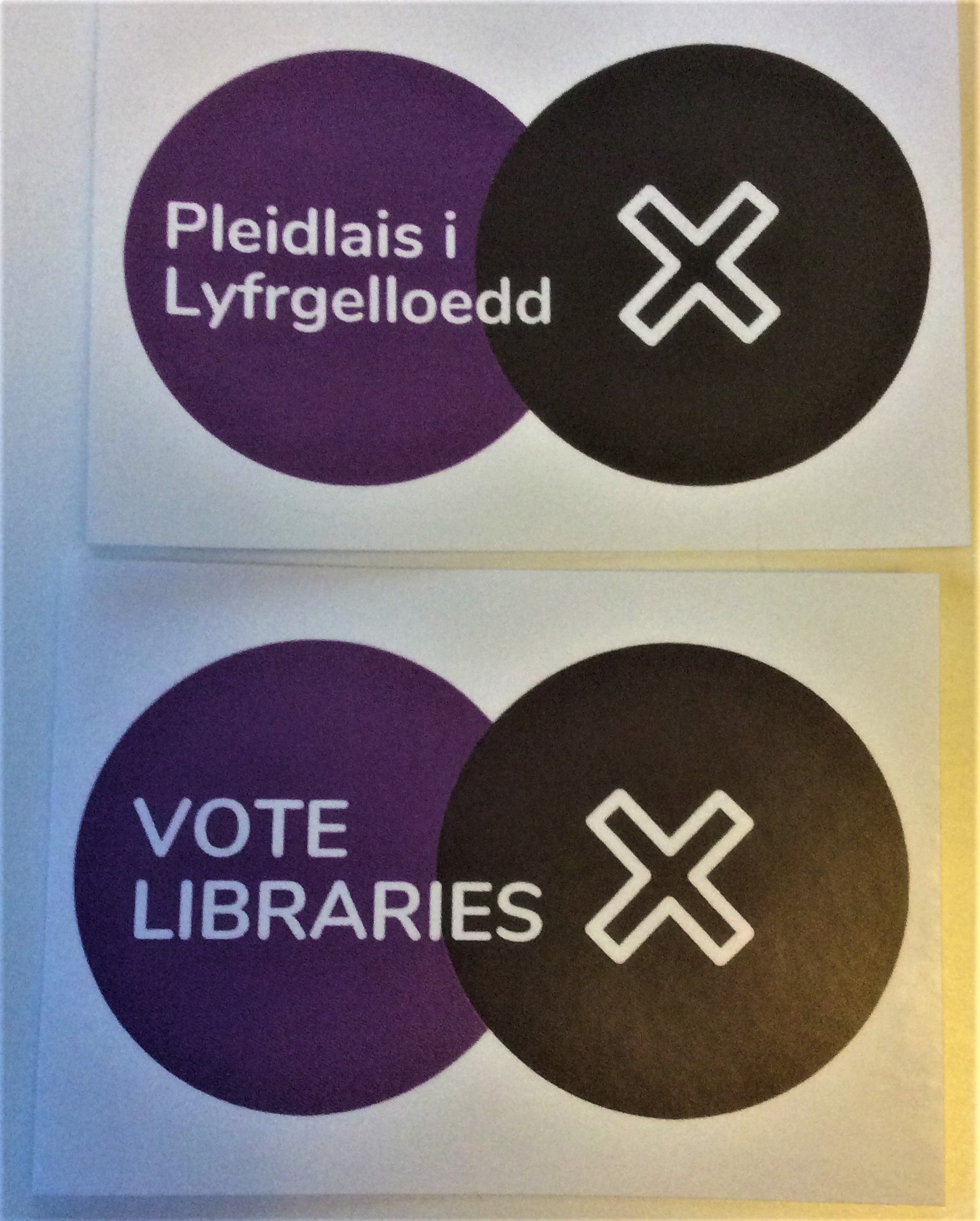
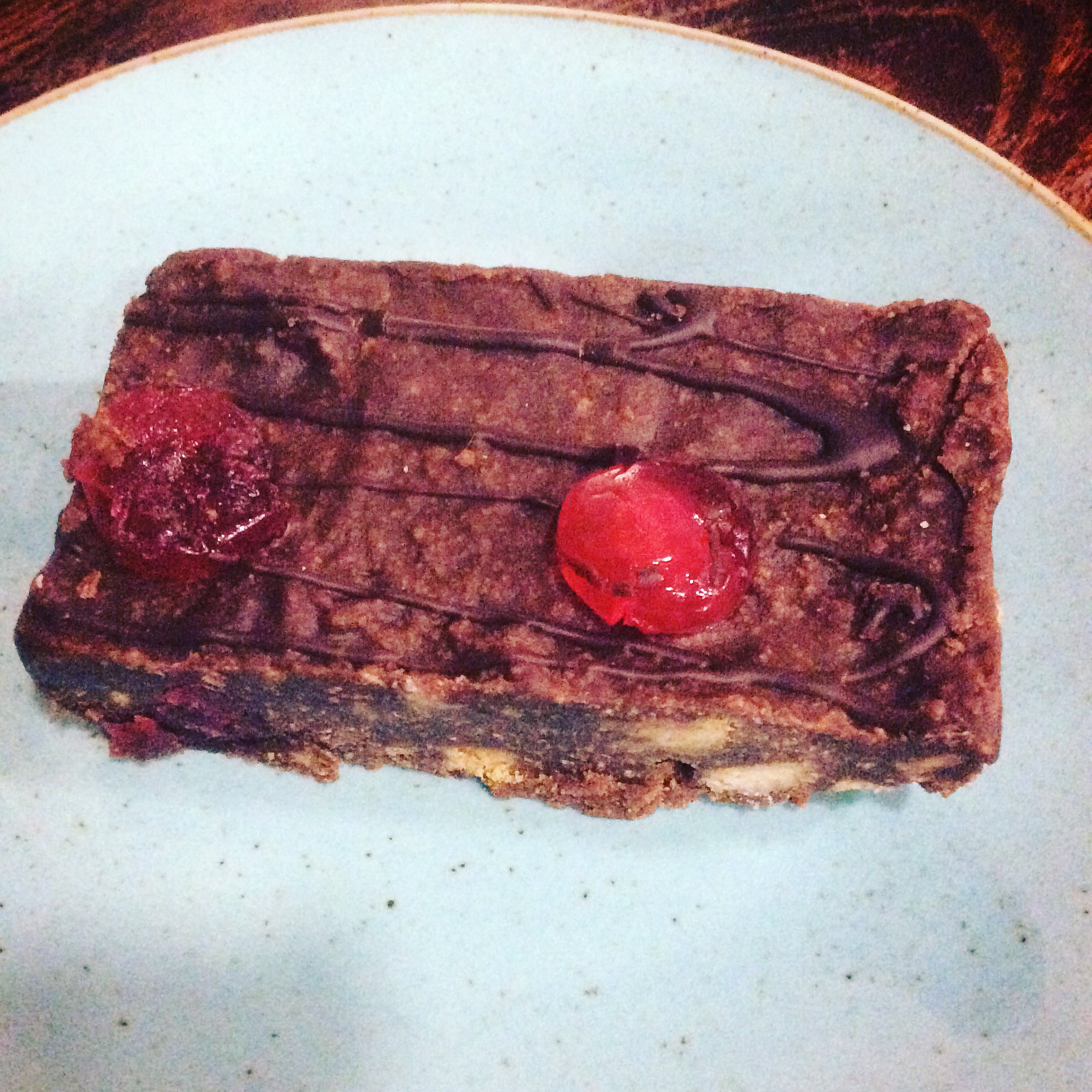
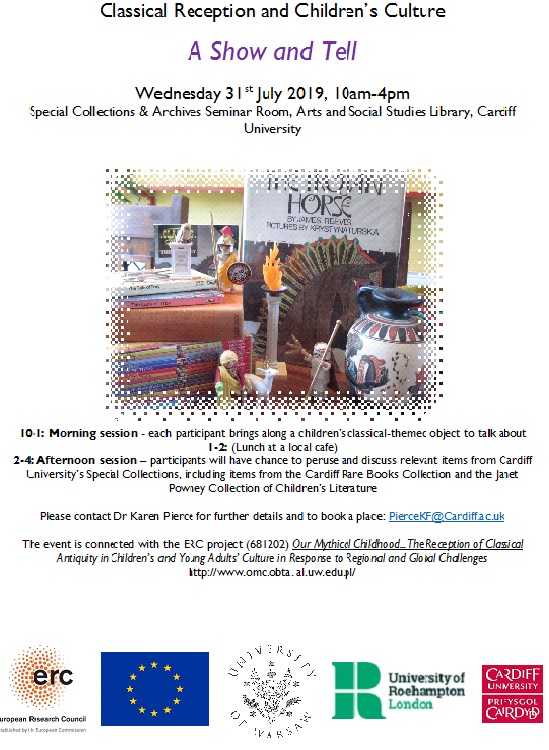
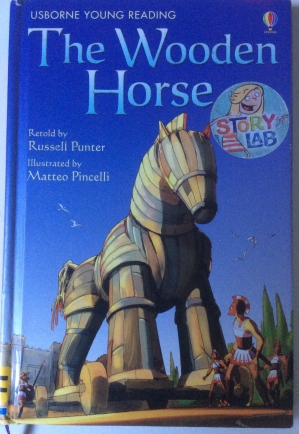 My previous blog posts have shared the experience of attending the Our Mythical Childhood show and tell at the University of Roehampton, but whilst I talked about other people’s contributions I didn’t discuss mine. The book I chose to share with everyone was The Wooden Horse retold by Russell Punter, and illustrated by Matteo Pincelli. It is an Usborne Young Reading (series 1) book, and was first published in 2011. Unlike some of the contributors to the event, this book was not one from my childhood, I had only come across it about about a year ago when I had started looking at Helen of Troy in comics, graphic novels, and children’s illustrated/picture books.
My previous blog posts have shared the experience of attending the Our Mythical Childhood show and tell at the University of Roehampton, but whilst I talked about other people’s contributions I didn’t discuss mine. The book I chose to share with everyone was The Wooden Horse retold by Russell Punter, and illustrated by Matteo Pincelli. It is an Usborne Young Reading (series 1) book, and was first published in 2011. Unlike some of the contributors to the event, this book was not one from my childhood, I had only come across it about about a year ago when I had started looking at Helen of Troy in comics, graphic novels, and children’s illustrated/picture books.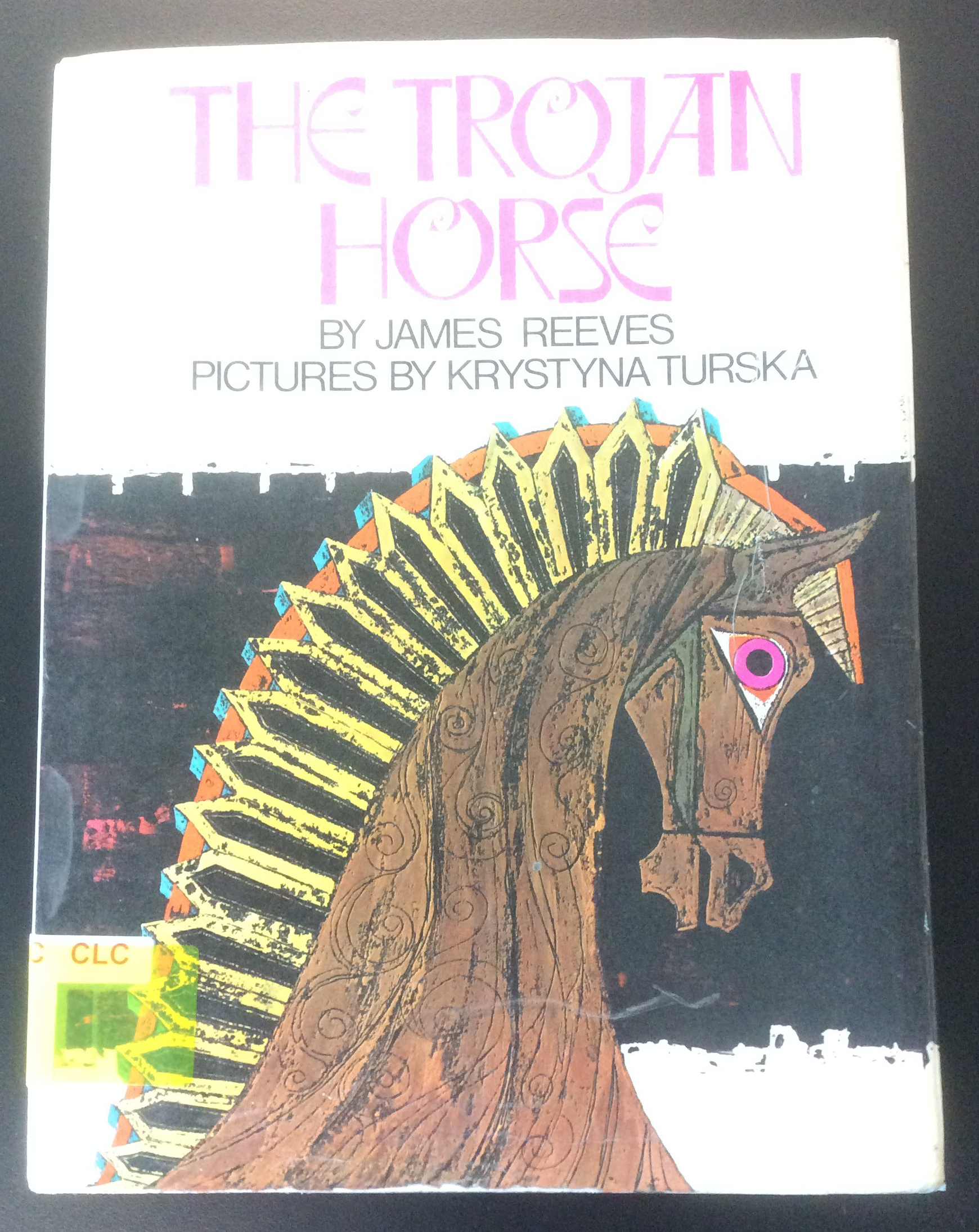 In the afternoon of the ‘show & tell’ we chose books from the University of Roehampton’s special collections and, as I told in a previous post, I picked a book called The Trojan Horse, by James Reeves and illustrated by Krystyna Turska as I thought it would prove to be an ideal counter part to the book I had brought with me. The episode of the wooden horse is framed in quite a different way and is told through the character of Ilias, a grown man (at the time of telling) but who was aged ten when Troy fell. He and his younger sister, Ida, escaped and now live far from their ruined former home. In The Wooden Horse Paris and Helen fell in love, but in this version Ilias describes how Paris stole Helen and kept her prisoner in Troy. Most of the war is glossed over, and it is really only the episode of how the horse appeared and was brought into Troy and the terrible consequences, that is told. It is Ilias’ life that frames the episode rather than Helen’s and we are given an insider’s view on events. As mentioned above I enjoy seeing how writers will encapsulate a particular myth, and particularly liked how these two books, which on the outside might lead one to thinking they would be similar, provide very different aspects of the story. Incidentally neither of them include the episode related in The Odyssey (IV: 265-289) about Helen calling out to men within the horse using the voices of their wives.
In the afternoon of the ‘show & tell’ we chose books from the University of Roehampton’s special collections and, as I told in a previous post, I picked a book called The Trojan Horse, by James Reeves and illustrated by Krystyna Turska as I thought it would prove to be an ideal counter part to the book I had brought with me. The episode of the wooden horse is framed in quite a different way and is told through the character of Ilias, a grown man (at the time of telling) but who was aged ten when Troy fell. He and his younger sister, Ida, escaped and now live far from their ruined former home. In The Wooden Horse Paris and Helen fell in love, but in this version Ilias describes how Paris stole Helen and kept her prisoner in Troy. Most of the war is glossed over, and it is really only the episode of how the horse appeared and was brought into Troy and the terrible consequences, that is told. It is Ilias’ life that frames the episode rather than Helen’s and we are given an insider’s view on events. As mentioned above I enjoy seeing how writers will encapsulate a particular myth, and particularly liked how these two books, which on the outside might lead one to thinking they would be similar, provide very different aspects of the story. Incidentally neither of them include the episode related in The Odyssey (IV: 265-289) about Helen calling out to men within the horse using the voices of their wives.